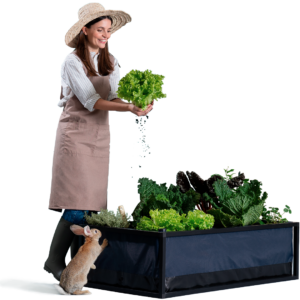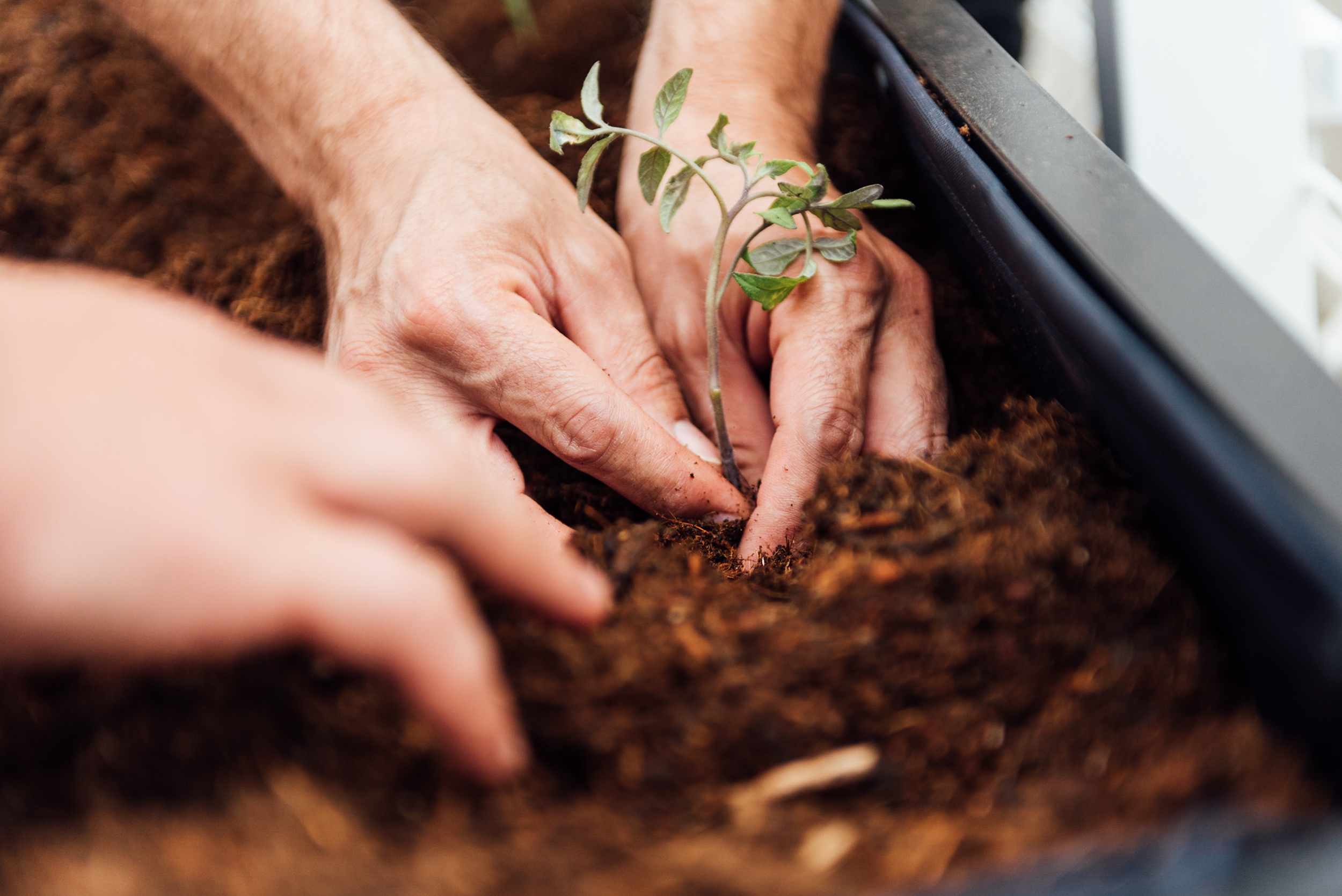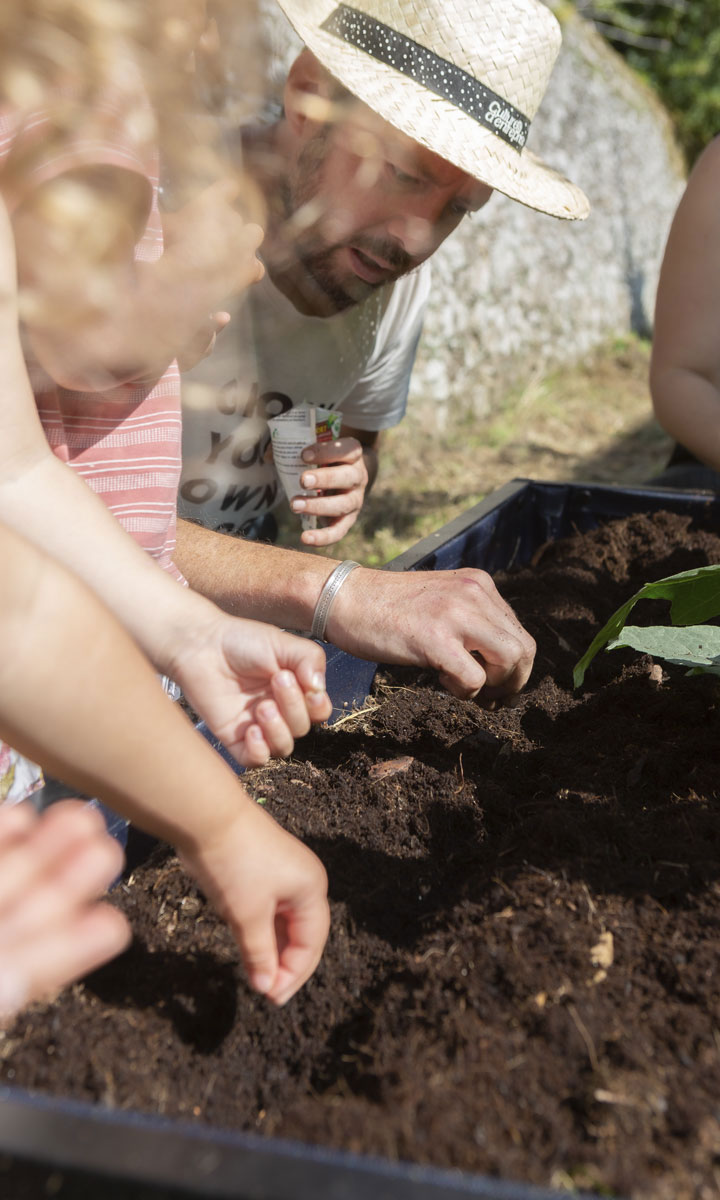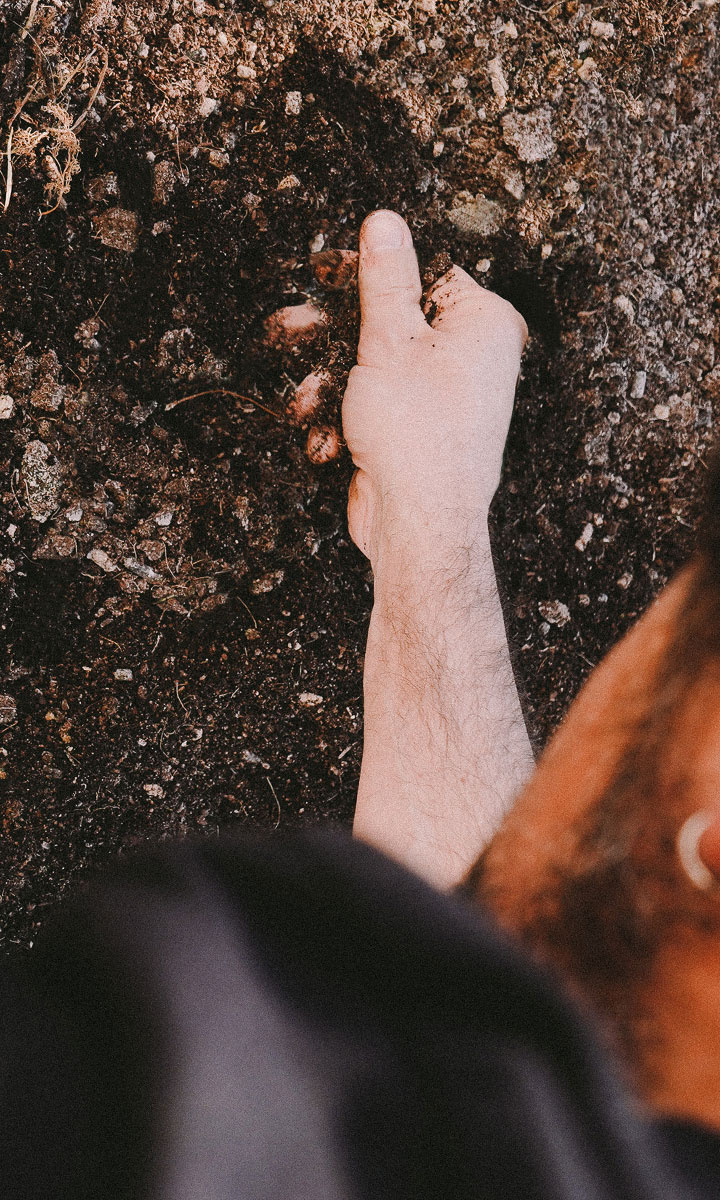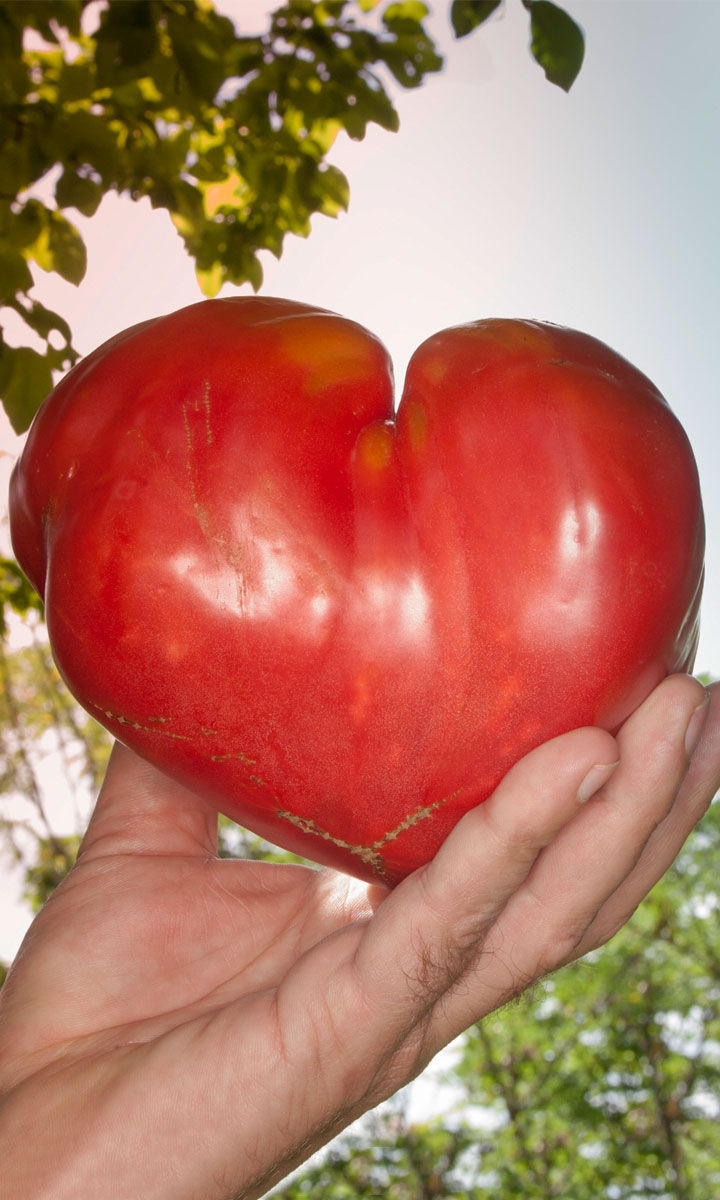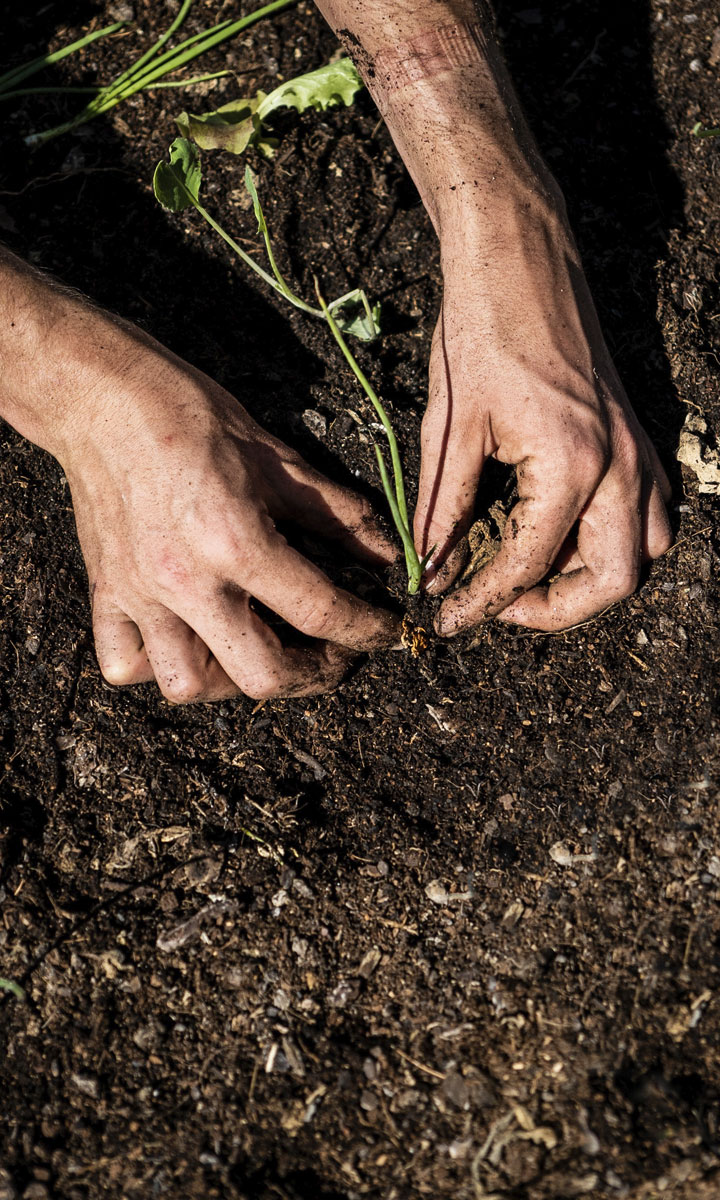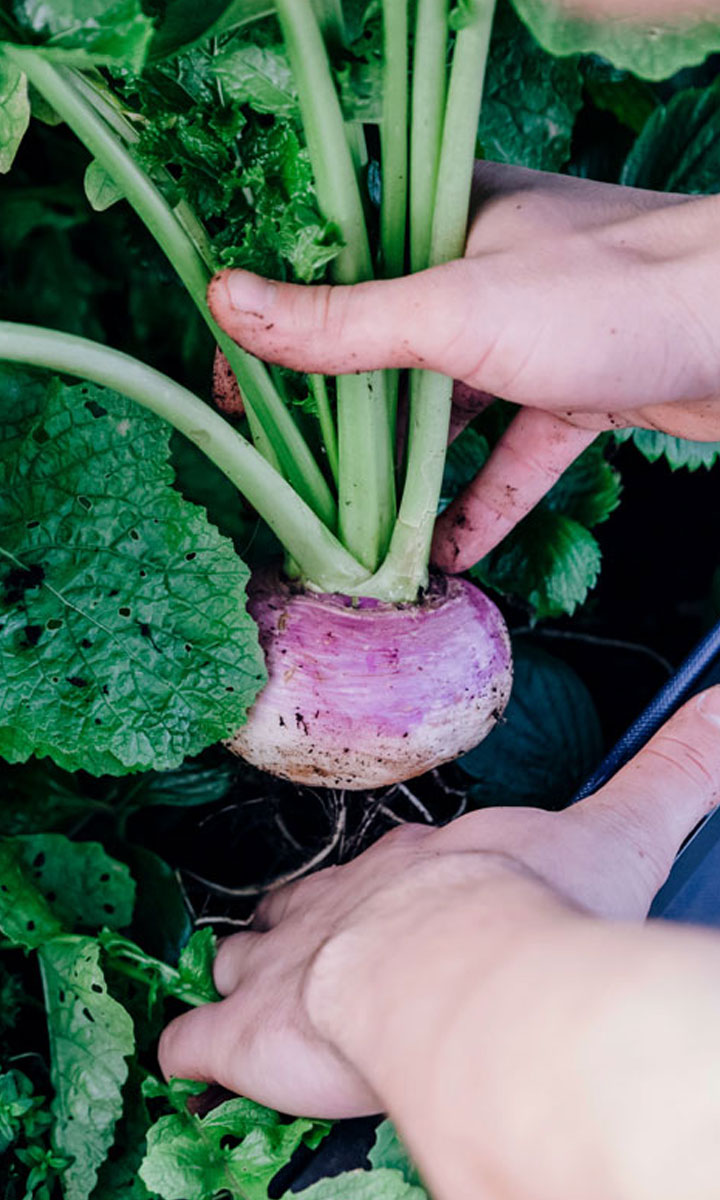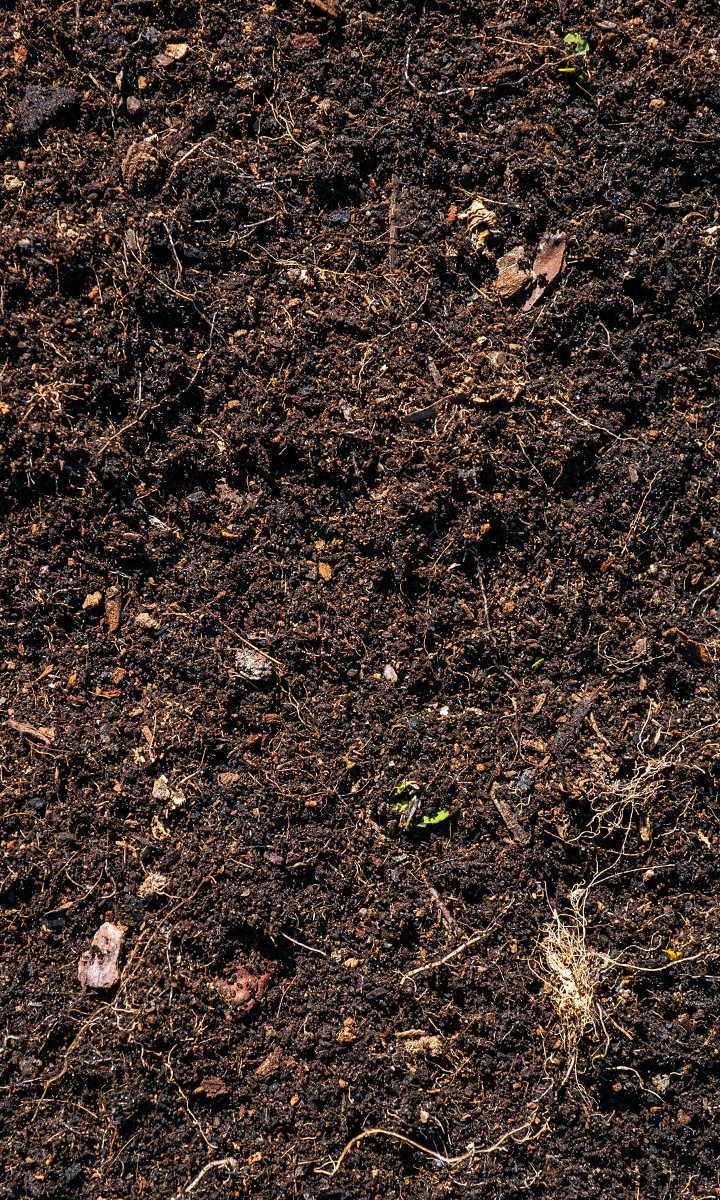What you can plant in August.

Henrique Dias
In August, during the summer’s harshest heat waves, you might think that there’s not much to do in the garden, but think again! Nature is always active: the crops are abundant and offer delicious flavours, and the warm soil is perfect for the emergence of sprouts, as long as it stays properly watered and mulched to preserve moisture. It’s the perfect time to plant or sow the vegetables that you will harvest in autumn and winter. Discover the top three crops that you should plant in your garden in August.
Pak Choi cabbage.
Truly a second season for the vegetables in the Brassicaceae family, all cabbages benefit from being planted in August, because they grow better and are more flavourful when they grow during the fall and temperatures have decreased a bit. Pak Choi, or Bok Choy, is a variety of Chinese cabbage that yields large white ribs with broad leaves forming a tender, crunchy and juicy center, whose flavour is reminiscent of chicory, turnip and white cabbage. For optimal growth, pak choi needs well-drained soil that is rich in organic matter and exposed to the sun. You can sow the little seeds in trenches about 1 cm deep and in rows about 40 cm apart, making sure to keep the soil moist to encourage germination. If your young plants are too close together, thin them out to about 30 cm apart. Pick the leaves over time, generally 6 to 10 weeks after planting. If you cut your cabbages 2.5 cm off of the ground, they will grow again and produce a new harvest. Don’t forget to replant them in different places every season to avoid the spread of diseases.
Winter Radishes
Belonging to the Brassicaceae family, winter radishes are much larger and longer than red radishes, and can be black, white or violet. Easy to cultivate, you simply need to plant them in August by scattering seeds on the earth, covering them with a bit of soil and watering them regularly with a light spray. Thin them out to about 15 cm apart to keep only the liveliest plants, and be careful to regularly remove weeds and keep the soil fresh and well mulched, as a lack of water can make radishes a bit too spicy. When radishes begin to emerge from the earth, about 4 weeks after planting, you can harvest them and eat them raw or cooked.
Winter Leeks.
If there’s one plant to sow in August for delicious soups in the winter, it’s a leek. This rustic plant can sustain temperatures as low as -20ºC! The first half of the month of August is ideal for transplanting young leek seedlings into rich, loose, and well-drained soil. Rocky soil can hinder their development. Space the seedlings out 15 cm apart, in rows 20-30 cm apart and planted 6 cm past the roots, so that the stems will be tender and white. Biodiversity is synonymous with strengthened immunity for the garden, so you can plant your young leeks next to carrots or tomatoes, which are abundant in August and make ideal companions to fight off leek moths, a tiny pest whose caterpillars can cause enormous damage.
